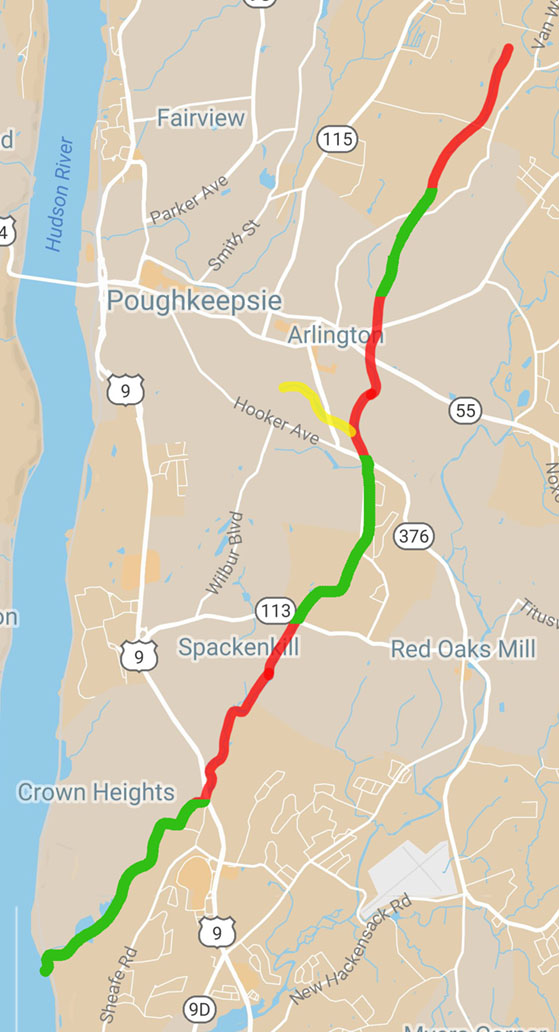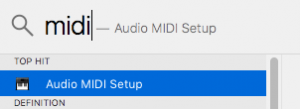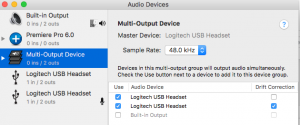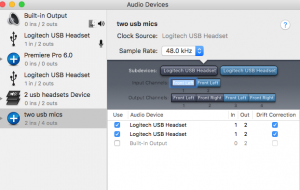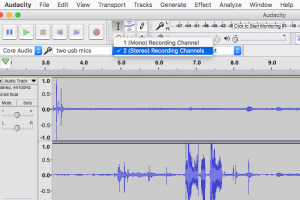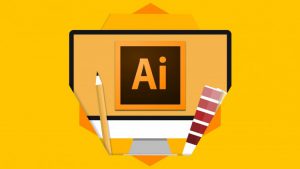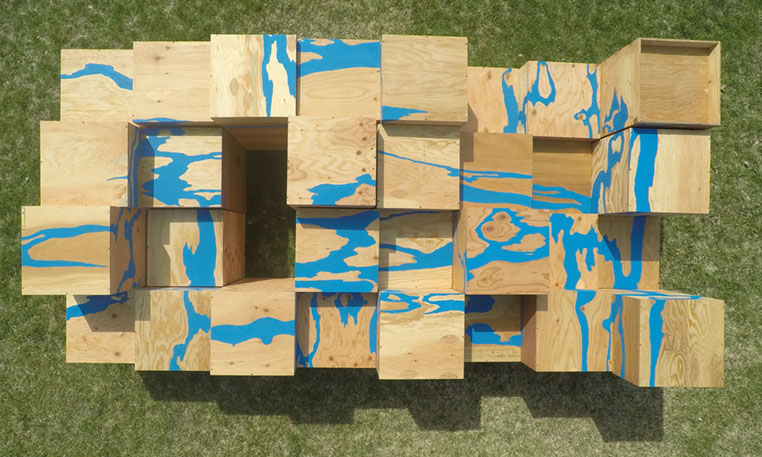The Eucharistic Dove, one of only a few left in existence, is found behind glass in the Frances Lehman Loeb Art Center,  making it a difficult piece to investigate closely. Academic Computing Services students, Dylan MacDonald, Zechariah Lee, and Sufyan Abbasi, under the guidance of Amy Laughlin and Professor Andrew Tallon, were put to the task of producing a 3D model that preserves the texture of the Dove for closer inspection.
making it a difficult piece to investigate closely. Academic Computing Services students, Dylan MacDonald, Zechariah Lee, and Sufyan Abbasi, under the guidance of Amy Laughlin and Professor Andrew Tallon, were put to the task of producing a 3D model that preserves the texture of the Dove for closer inspection.
The model was produced using a technique called photogrammetry, which is the process of stitching together a 3D model based on a sequence of images. The technique combines novel application of computer vision with classical projection mapping that produces stunning results. The software used was Agisoft Photoscan, an industry standard photogrammetry software that allows users to stitch together an orbit of still photos into a 3D model, like so:

As a proof of concept, we began with trying to model a candlestick, donated to us by Professor Tallon, which had similar properties as the Eucharistic Dove in size and luster. Due to the reflective surface of the candlestick, we found that using a green screen was out of the question since the shades of green were reflecting off of the object and projected onto the model. After trying different techniques, we discovered that shooting with a white background in the Loeb photo studio proved to be the best way to eliminate any unwanted reflections in our model.
After trying different techniques, we discovered that shooting with a white background in the Loeb photo studio proved to be the best way to eliminate any unwanted reflections in our model.
Once we took photos of all angles of the Dove (over 200 pictures total), we used Adobe Photoshop to mask out the backgrounds and loaded the images into Photoscan. There, a second masking process was done to tell the software the bounds of the object to be generated.

Once Photoscan was finished processing the files, we were left with a .obj file that formed the 3D model of the Dove, a .tif file that dictated the texture, (shown below) and a .mta file that maps the texture to the 3D model.

Next, we loaded the model into Blender, an open source 3D modeling software. Here, we made edits to the generated 3D model, such as filling in the bottom area of the Dove where photos were not available.
Finally, the model was ready to be published on SketchFab, an online publishing platform for 3D models, which allows users to manipulate the model in 3D space and view the model in virtual reality.
From start to end, the process took about a semester for the initial research and testing, and half a semester for photographing the Dove and making edits to the model. Dylan and Zech worked on masking the Dove in Photoshop and Photoscan and generating the 3D model in Photoscan, and Sufyan worked with Blender to make the edits to the model.
Eucharistic Dove by Vassar College on Sketchfab
We hope that you enjoy the Dove as much as we enjoyed producing the model. If you have a project idea involving 3D modeling and need some help, please contact Amy Laughlin in Academic Computing Services in CIS.
